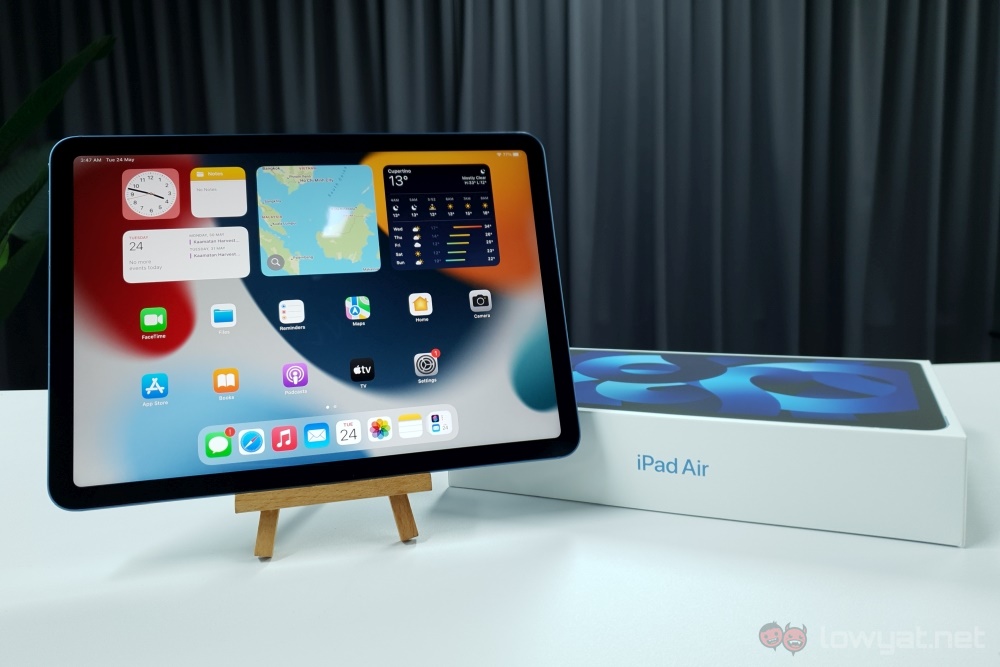Before Apple introduced the Pro models into the iPad family of tablets, the Air models were the top-of-the-line. Now that the iPad Pro has been around for awhile, the iPad Air sits in a pretty weird position in the product line. You’ll have to have a very specific set of needs to choose it over the other models. And with the fifth generation of the tablet, this is even more so the case.
That being said, there’s no doubt that in its latest iteration, the iPad Air is the best that it has ever been. In fact, it’s more difficult now than ever before to choose between it and an iPad Pro model.
Specifications
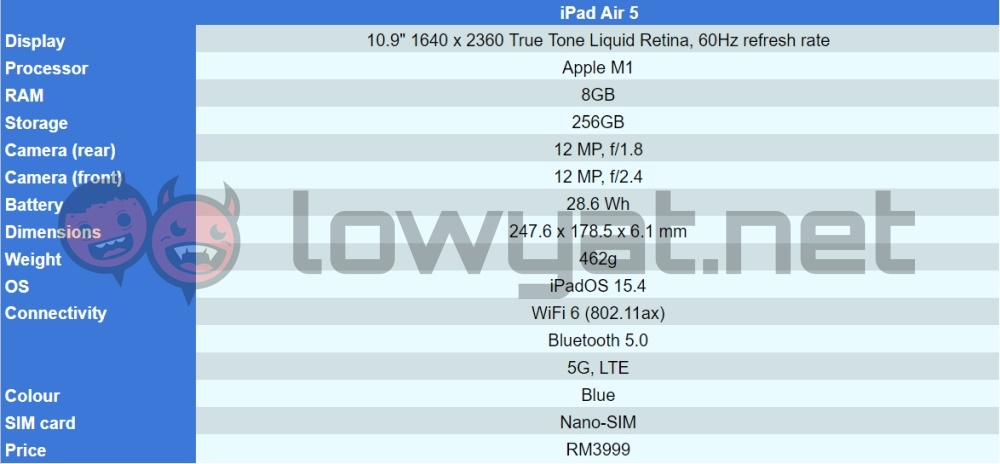
While there are still a few limitations inherent to the iPad Air 5 that sets it apart from the iPad Pro, it doesn’t change the fact that they share the M1 chip. Which was, at the time, the best that Apple had. Even if this is likely to change when the next iPad Pro refresh comes around, it still puts the iPad Air temporarily a contender against its own more powerful siblings.
Design
As I’ve said many times before, Apple giving its other tablets the iPad Pro design is the best thing to happen to the entire series. For the iPad Air, it is now in its second generation since the design change.
This comes with all the inherent benefits of the redesign, ranging from smaller bezels to the Apple Pencil 2 compatibility. The former means having a slightly larger screen on a slightly smaller body, which is probably important if you’re getting an iPad that’s not the mini. As for the latter, the sheer convenience of having your stylus magnetically attach to the tablet should be self-explanatory.
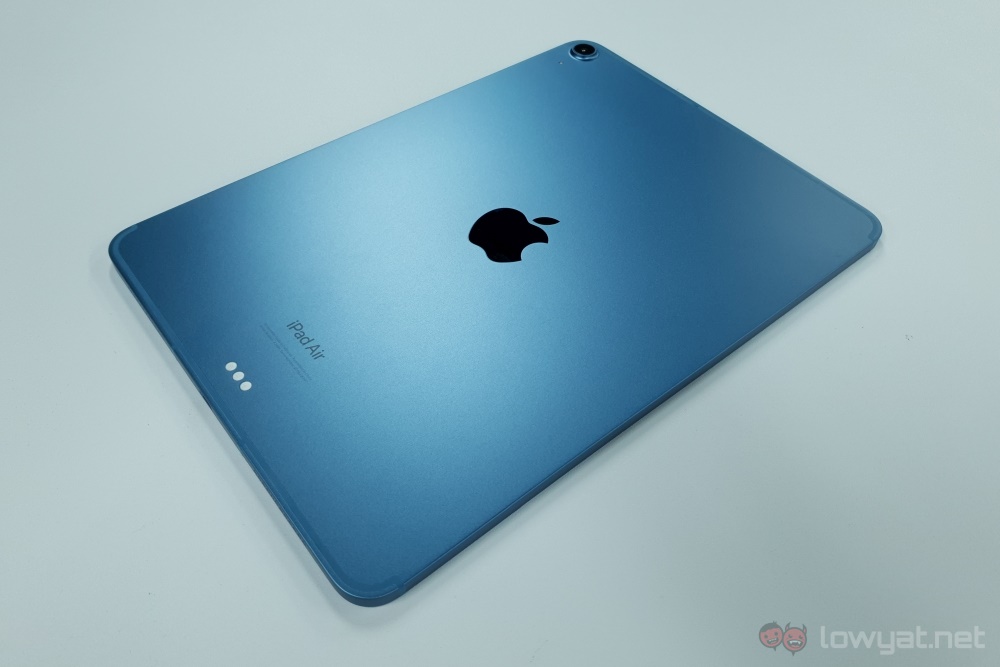
Like the iPad mini, the volume buttons on the iPad Air 5 switch depending on the tablet’s orientation, so the same button may increase or decrease the volume depending on the way the tablet is held. Speaking of which, the tablet is actually quite light, weighing in at less than half a kilogram. That being said, holding it with one hand for extended periods of time is bound to strain your wrist a little simply due to its sheer size.
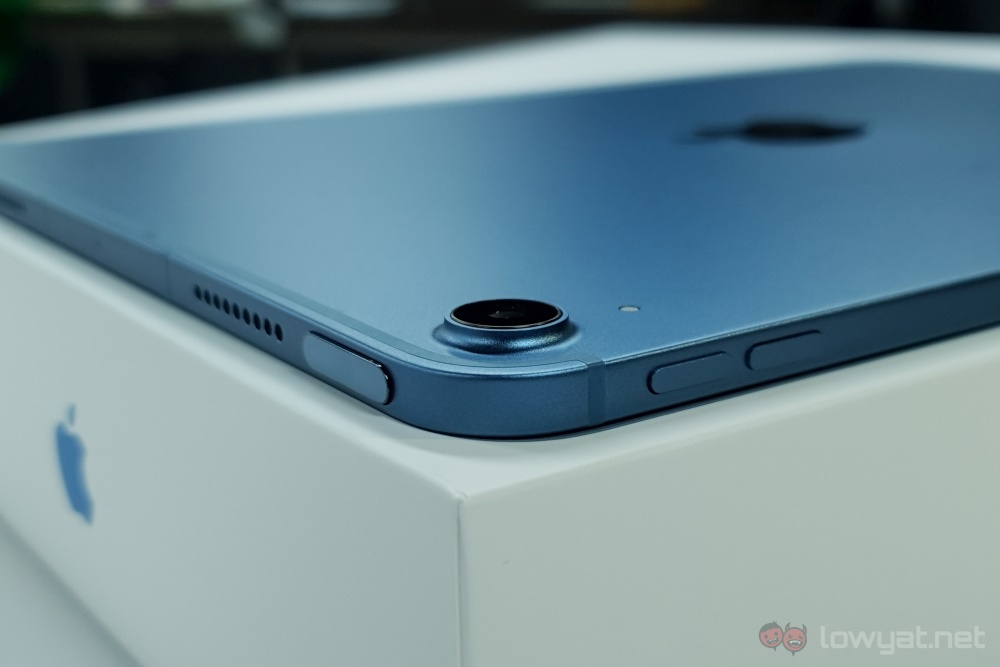
On the more visual side of things, the iPad Air 5 has pretty visible antenna lines like the iPad mini 6. Though this is not so obvious with the new blue colourway. Add the fact that the lines are on a larger tablet gives the illusion that they look thinner than they actually are. But as with the smaller-sized sibling, this is usually not something that you’ll be looking at much if you use either the Smart Folio or Magic Keyboard accessories. For the latter, it’s worth mentioning that the iPad Air 5 shares the Magic Keyboard with the 11-inch iPad Pro models.
User Experience
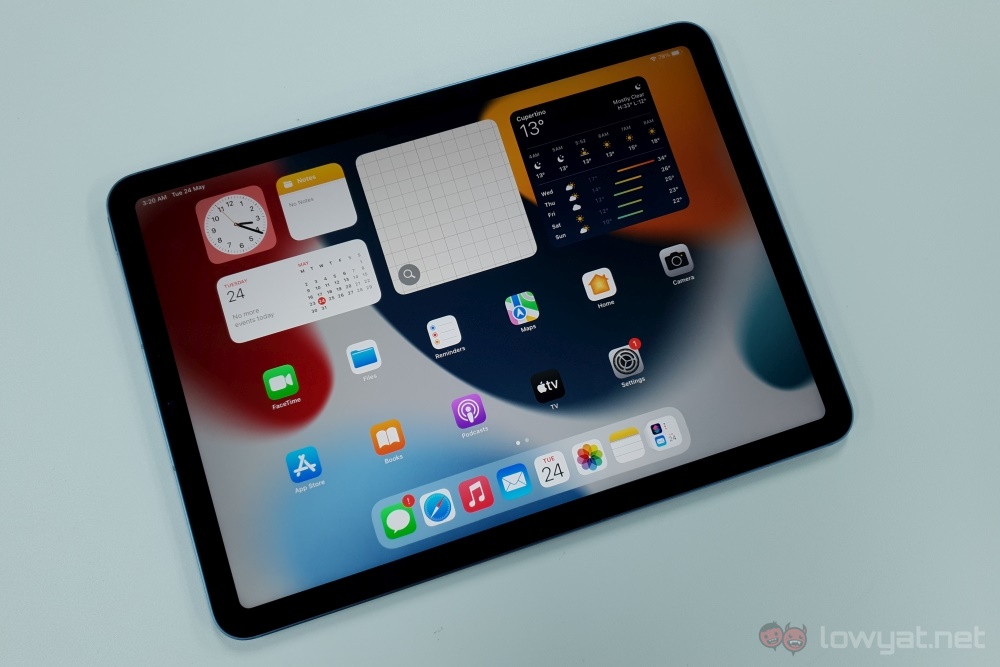
And on the note of the keyboard, using the two together makes for a very hefty device. In fact, the Magic Keyboard weighs more than the iPad Air 5 itself, coming in at about 590g. Together, they weigh over 1kg, which can be pretty hefty by today’s standards. This is especially if you’ve gotten used to the lightweight laptops of today which frequently weigh in at less than 1kg. Even for laptops that weigh about the same, the iPad Air 5 and Magic Keyboard combo tends to feel heavier for being in a smaller package.
Multitasking is naturally a better experience with the larger iPad Air 5, and the upcoming iPadOS 16 is slated to make it an even better experience. This is only improved further by the Magic Keyboard. Admittedly, I don’t use it much as a laptop, despite the possibility of doing so. This is simply because Safari on iPadOS doesn’t play nice with our site’s backend. And as convenient as it may be, the setup is still on the smaller side of things, making prolonged use this way quite uncomfortable. Well, for me at least.
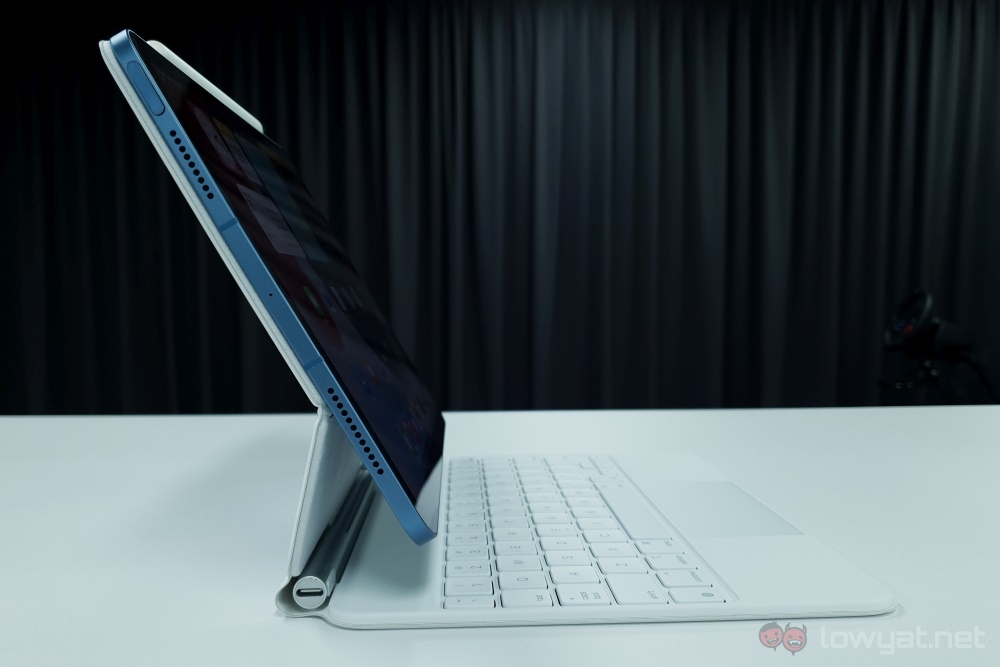
There’s also the fact that what I need to do for work won’t come close to making full use of the M1’s number-crunching capabilities. As when Apple announced the iPad Air 5 initially, this is something that’s more suited for content creators that can make use of what the tablet and its processor have to offer.
Gaming is about as close as I get to making full use of the M1 chipset. Though thanks to its size, this may also be a less-than-ideal experience unless you have a controller connected. For what it’s worth, the iPad Air 5 runs games smoothly, which no discernible hiccups as far as I can tell.
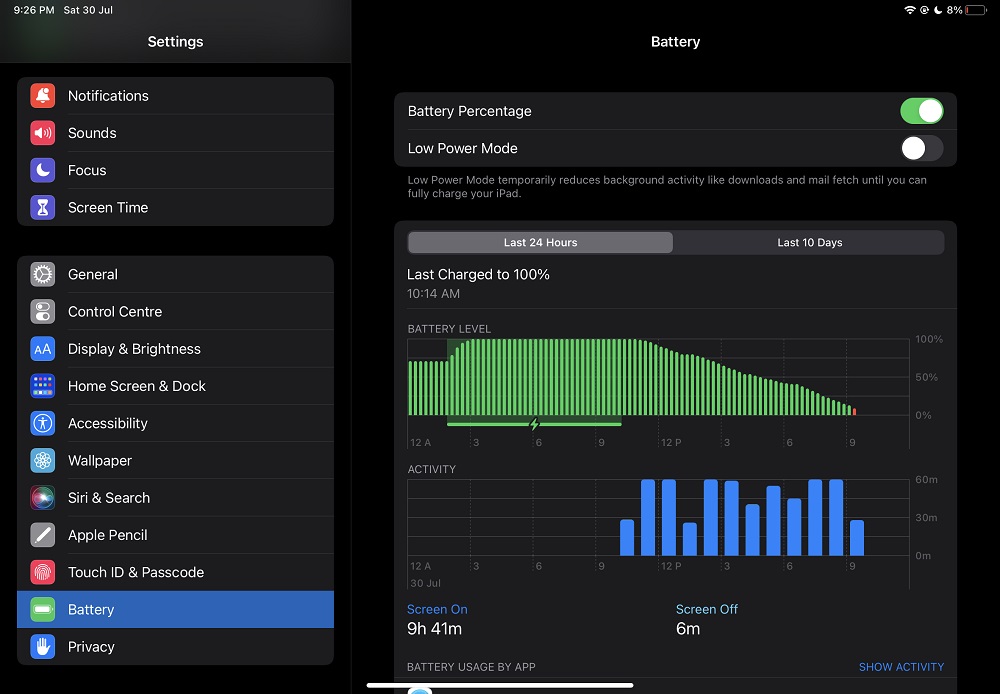
Apple rates the battery life of the iPad Air 5 at 10 hours. For the most part, you can get close to this kind of battery life. Using it as a dedicated video streaming device, I brought the battery charge from full down to 8% in approximately 11 hours.
Competition
Being equipped with the M1 chip, it’s a little tricky to find direct competitors to the iPad Air 5. Although, thanks to the chip, one of them is, as you’ve come to expect, one of its own siblings.
iPad Pro
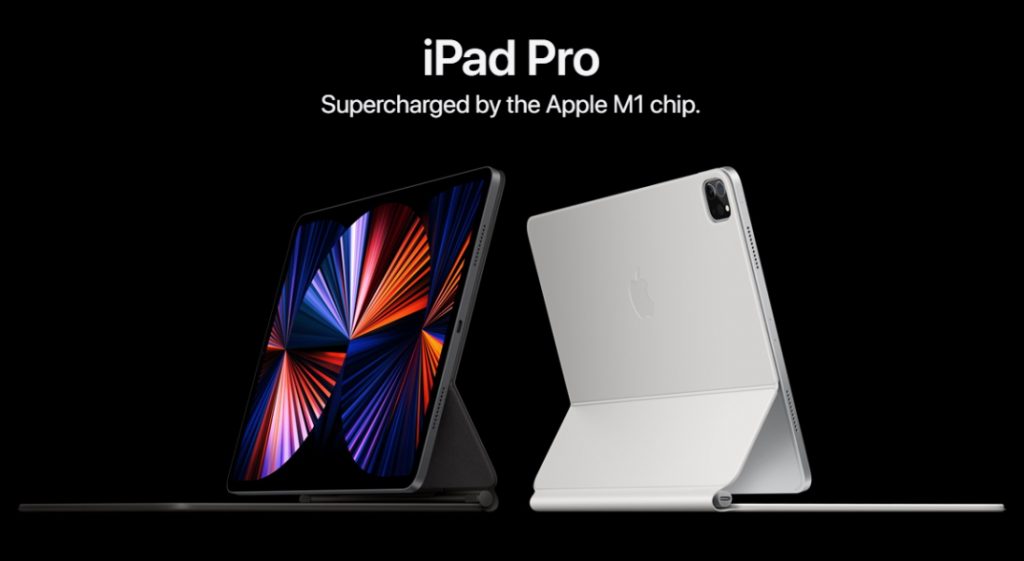
Specifically, the 11-inch model. Both the iPad Air 5 and the 11-inch iPad Pro are effectively the same size and have the same chipset. So in terms of performance, the two are about as close to equal as can be.
One main difference between the two is that the Pro model has a dynamic screen refresh rate of up to 120Hz thanks to its Pro Motion support. The iPad Air 5, on the other hand, is limited to a 60Hz refresh rate. Another is that the former uses Face ID, while the latter uses Touch ID
Samsung Galaxy Tab S8
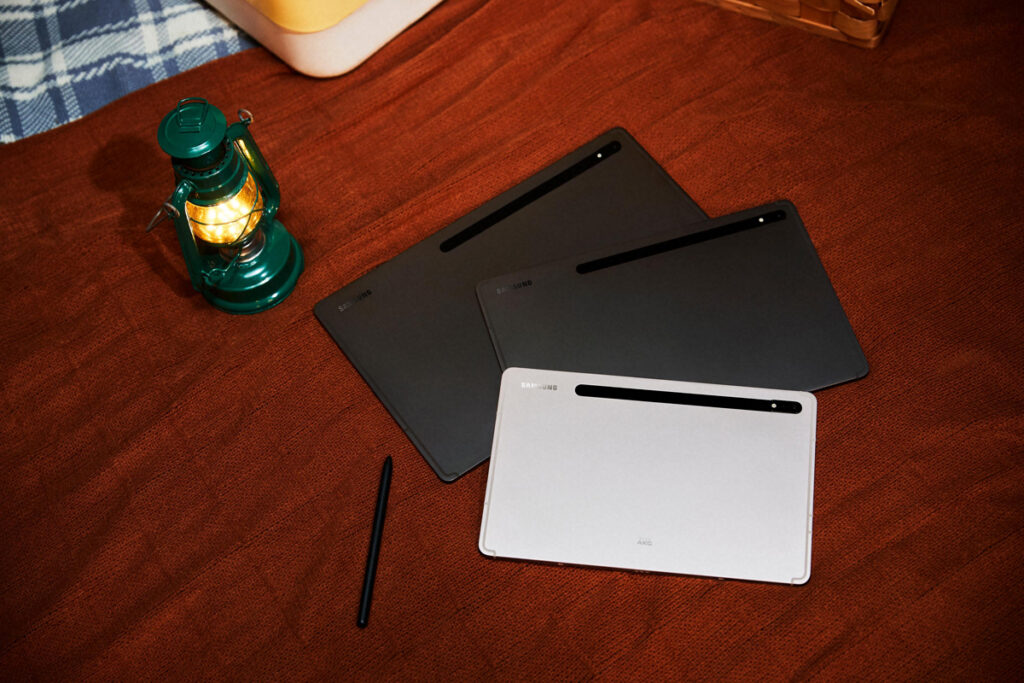
For an Android alternative, the Samsung Galaxy Tab S8 comes to mind. With an identical screen size, it also comes packed with the Qualcomm Snapdragon 8 Gen1, the top-of-the-line chipset at the time.
The Samsung tablet also happens to come with a larger price tag than the iPad Air 5. Which is a strange thing to say, until you realise that its S Pen and Book Cover Keyboard accessories are bundled in, while the Apple tablet’s complementary Pencil and keyboards are all sold separately.
Conclusion
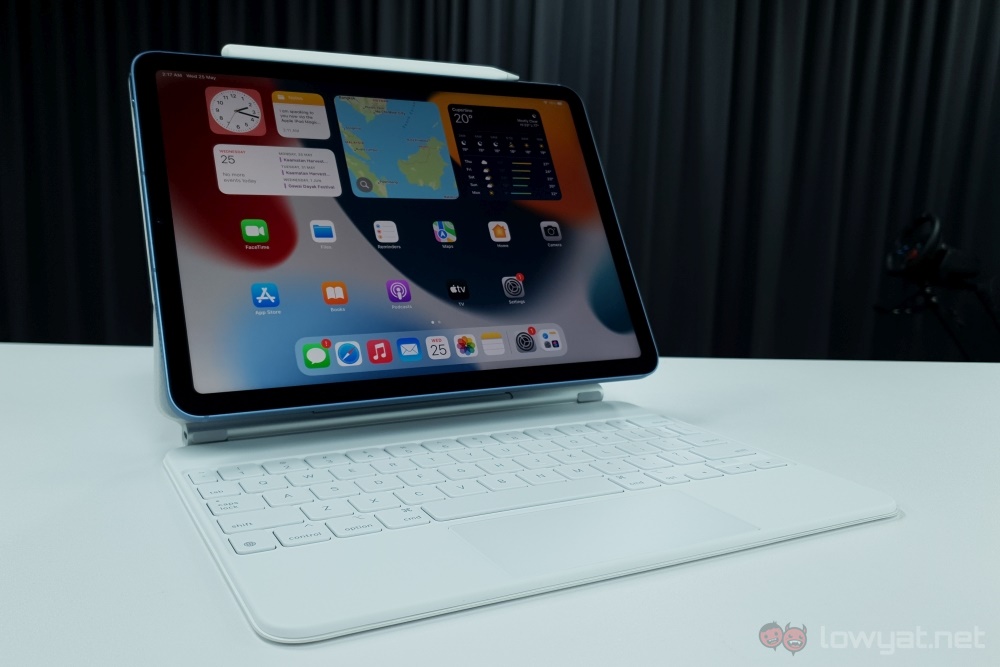
The iPad Air 5 has certainly gotten a major upgrade over the previous model, in the form of the M1 chipset. This makes it a very powerful device, but at the same time, it also puts the tablet in a strange spot, in relation to some of the other tablets that Apple makes.
For one, the M1 chip means that it is competing with the iPad Pro models, specifically the smaller 11-inch one. It’s effectively of the same size, making both support mostly the same accessories, and both have the same chip for performance. You’ll have to decide if, performance-wise, you need the higher refresh rate for the higher price.
That being said, if you were a power user, you’ll likely pick the larger iPad Pro. Or you’d wait a little longer until the new models sporting the M2 chip get announced. And if you were not, and you were choosing between the current 11-inch iPad Pro and the iPad Air 5, the latter’s smaller price tag makes for a very compelling argument in its favour.
Follow us on Instagram, Facebook, Twitter or Telegram for more updates and breaking news.


